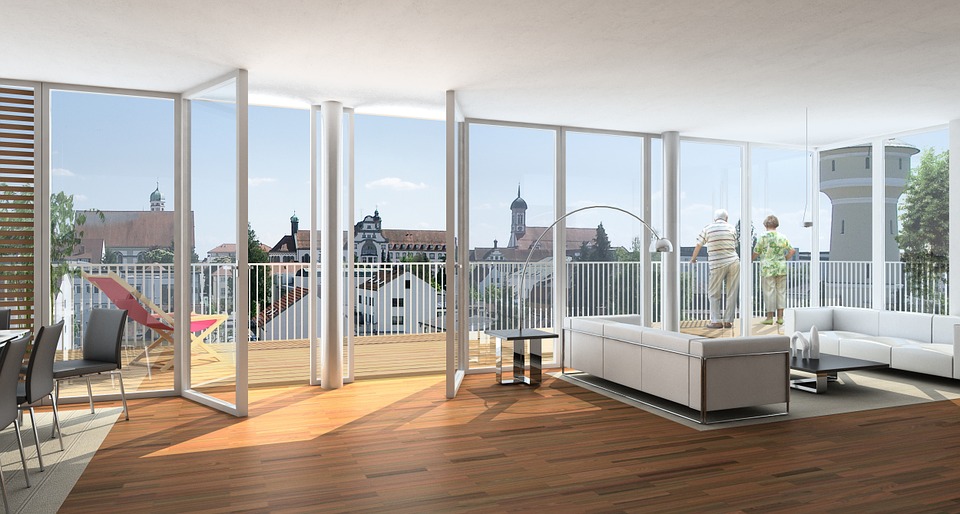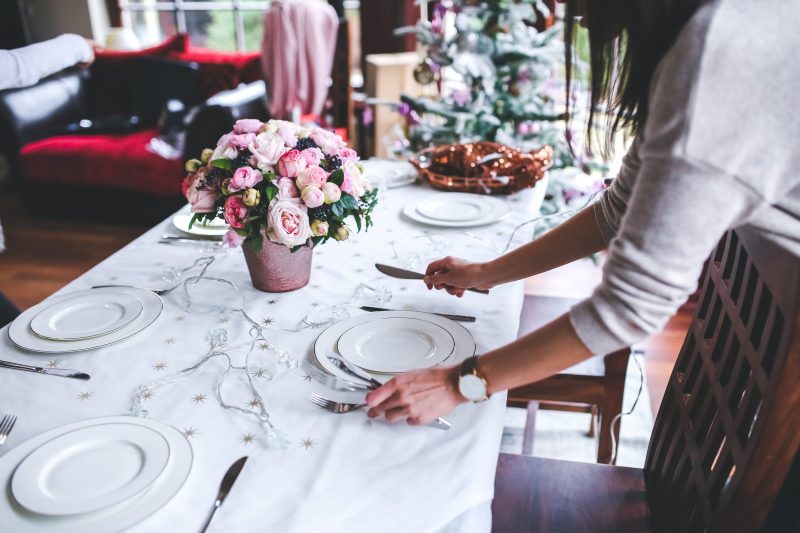What should I know about Commercial Photography and CGI?
Commercial Photography and CGI images created to achieve the same end are both commissioned to help businesses and brands sell their products or services more effectively by using expertly created images to attract the attention of their target audience. The primary difference being that true commercial photography involves, for the most part, the photographer creating an image by expertly capturing a physical subject whereas with CGI, the finished image is created entirely digitally.
Commercial Photography and CGI – Which is better?
In times gone by, it was easy to distinguish between commercial photography and CGI. It turns out that the human eye is very good at picking out artificially created imagery compared to real photography, even when the photography has been through post production. This is especially true for soft or organic surfaces like skin, plants or soft furnishings.
Initially, this was because CGI just couldn’t match the detail of a photograph taken with commercial photography equipment, but as technology has improved, it’s been possible to create a photo-realistic image using just CGI. But as detailed as they are, a CGI image can often be ‘too perfect’ and appear a little uncanny, even if the observer isn’t quite sure why. To create a truly natural looking scene in CGI, a lot of work as well as processing power has to be put in to add in the imperfections and asymmetry of a true to life photograph.
With modern CGI being technically able to reproduce photography, the question of choosing which is better between Commercial Photography and CGI relies on assessing the advantages and disadvantages subjectively for the task at hand.

How do I choose between Commercial Photography and CGI?
Ultimately, the choice between Commercial Photography and CGI will be based on considerations of time, cost, availability and trust.
Setting up a convincingly realistic scene digitally using CGI takes a lot of time a lot of skill from the operator and a lot of processing power. Setting up an equivalent scene in a photography studio, even if that scene involves building a roomset from scratch, styling the scene and setting up the lighting can also take some time. With the rules of supply and demand being as they are, there are far more commercial photographers than there are equivalent CGI artists of sufficient skill to be able compete with them, so those CGI artists are in high demand by those who can afford them. High demand usually attracts a premium!
The scene of a commercial photoshoot, whether it’s a constructed roomset or on location, generally only exists for the duration of the shoot, whereas, a CGI scene can be stored and used indefinitely. Additionally, where photography is subject to the laws of physics, CGI is not, allowing for some angles which would not be achievable using real equipment. If there’s a column in the way, or a shadow that doesn’t work, they can be removed. A photographer captures what’s there and what can be constructed, CGI can create practically anything.
While CGI does offer some options that real commercial photography does not, the main disadvantage of CGI is time and cost. While a commercial photoshoot takes a lot of organisation and coordination to set up, once the shoot is happening, capturing one product or a thousand products takes relatively little time. To do the same in CGI involves every single aspect of the scene being modeled in 3D and also every individual product being laboriously recreated, which is time consuming and as such prohibitively expensive. Of course, once these assets have been created, they can be used and re-used forever, but in practice, especially when product lines only last a season or two, these digital doppelgangers won’t be needed again, so the cost outweighs the benefit.
The last issue dividing the choice between commercial photography and CGI is that of trust. Consumers looking to buy are often looking at product imagery help them make a decision and even if a CGI image is a perfect recreation of the product they’re considering, it’s still a complete fabrication. Essentially, it’s a lie masquerading as the truth, whereas a photograph is by definition the truth captured, even if that truth is a little embellished by clever photography and post production. Consumers are just less likely to trust an image they know to be CGI and for businesses and brands, trust is important.
For businesses which need cost effective photography, with a fast turnaround for use in their marketing material then commercial photography is likely to be the be the better option than CGI, contact us today to find out what Ikon Photography can do for you.


